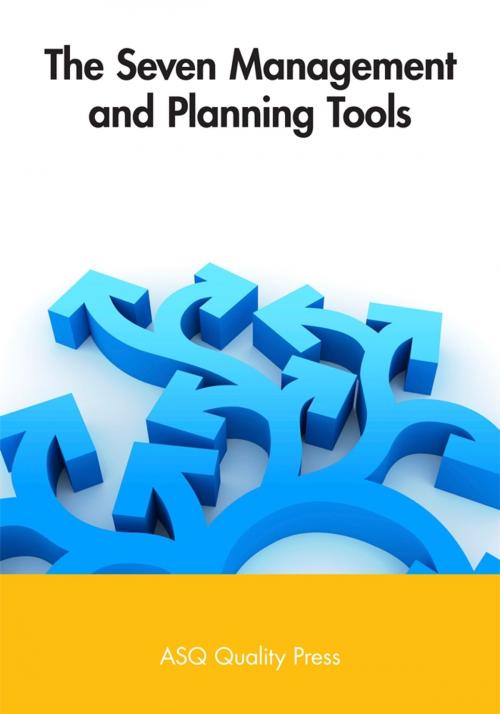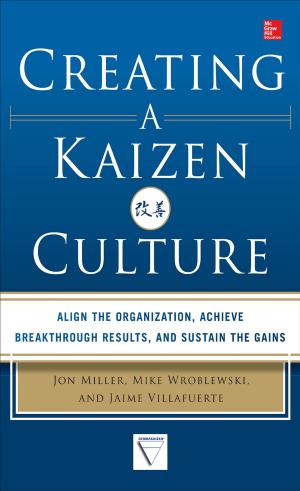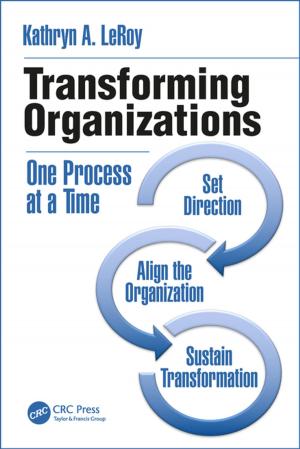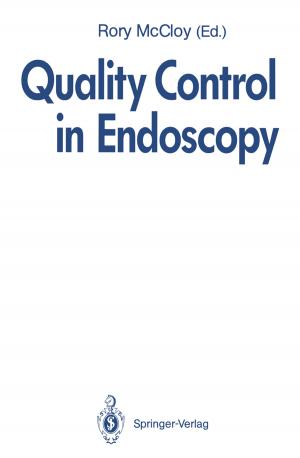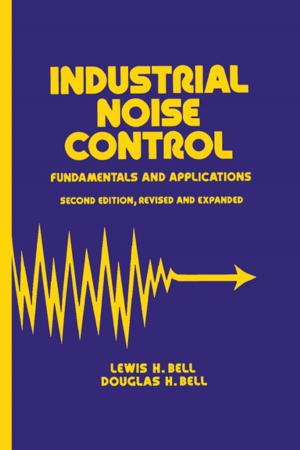The Seven Management and Planning Tools
Business & Finance, Industries & Professions, Quality Control| Author: | ASQ Quality Press | ISBN: | 9780873898188 |
| Publisher: | ASQ Quality Press | Publication: | December 15, 2009 |
| Imprint: | Language: | English |
| Author: | ASQ Quality Press |
| ISBN: | 9780873898188 |
| Publisher: | ASQ Quality Press |
| Publication: | December 15, 2009 |
| Imprint: | |
| Language: | English |
The seven MP tools discussed in this e-book, listed in an order that moves from abstract analysis to detailed planning, are:
Affinity diagram: organizes a large number of ideas into their natural relationships.
Relations diagram: shows cause-and-effect relationships and helps you analyze the natural links between different aspects of a complex situation.
Tree diagram: breaks down broad categories into finer and finer levels of detail, helping you move your thinking step by step from generalities to specifics.
Matrix diagram: shows the relationship between two, three or four groups of information and can give information about the relationship, such as its strength, the roles played by various individuals, or measurements.
Matrix data analysis: a complex mathematical technique for analyzing matrices, often replaced in this list by the similar prioritization matrix. One of the most rigorous, careful and time-consuming of decision-making tools, a prioritization matrix is an L-shaped matrix that uses pairwise comparisons of a list of options to a set of criteria in order to choose the best option(s).
Arrow diagram: shows the required order of tasks in a project or process, the best schedule for the entire project, and potential scheduling and resource problems and their solutions.
Process decision program chart (PDPC): systematically identifies what might go wrong in a plan under development.
The seven MP tools discussed in this e-book, listed in an order that moves from abstract analysis to detailed planning, are:
Affinity diagram: organizes a large number of ideas into their natural relationships.
Relations diagram: shows cause-and-effect relationships and helps you analyze the natural links between different aspects of a complex situation.
Tree diagram: breaks down broad categories into finer and finer levels of detail, helping you move your thinking step by step from generalities to specifics.
Matrix diagram: shows the relationship between two, three or four groups of information and can give information about the relationship, such as its strength, the roles played by various individuals, or measurements.
Matrix data analysis: a complex mathematical technique for analyzing matrices, often replaced in this list by the similar prioritization matrix. One of the most rigorous, careful and time-consuming of decision-making tools, a prioritization matrix is an L-shaped matrix that uses pairwise comparisons of a list of options to a set of criteria in order to choose the best option(s).
Arrow diagram: shows the required order of tasks in a project or process, the best schedule for the entire project, and potential scheduling and resource problems and their solutions.
Process decision program chart (PDPC): systematically identifies what might go wrong in a plan under development.
